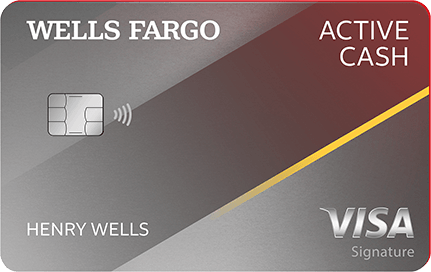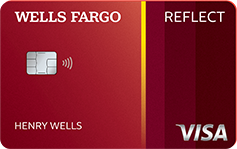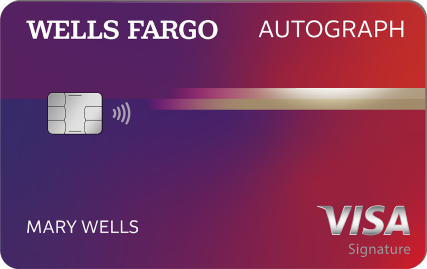
Credit cards 101:
Learning the basics
Credit cards are a convenient payment option with plenty of perks for people who learn to use them effectively. However, credit cards may also cause financial stress if consumers use the cards to spend beyond their means.
The key to using credit cards responsibly is learning how they work. Then, you can explore the different types of credit cards to harness their various benefits: from rewards and cash back to favorable interest rates and balance transfer offers.
These credit card basics can help you understand the world of credit.
Credit card or debit card?
Credit cards and debit cards may seem identical, but they have a few key differences. When you make a purchase with a debit card, the card issuer withdraws the money directly from your bank account. With a credit card, you’re borrowing the money from a line of credit that you then pay back. If you don’t pay the amount in full, the card issuer adds interest charges.
Choosing to use a credit card or debit card comes down to personal preference, but credit cards may be safer in some circumstances. If thieves steal your debit card information, they can potentially access your bank account. However, if a thief obtains your credit card account number, your actual funds are not at risk.
In addition, most credit card companies offer “zero-liability fraud protection.” This means if there’s a fraudulent charge on your account, you won’t be responsible to pay it. With debit cards, you could be on the hook for a fraudulent charge if you don’t report it soon enough. Even if you notify the bank, the funds in question may be tied up until the investigation completes.
Using a debit card also doesn't help establish your credit history, because debit transactions aren’t reported to the three major credit bureaus.
Credit card basics
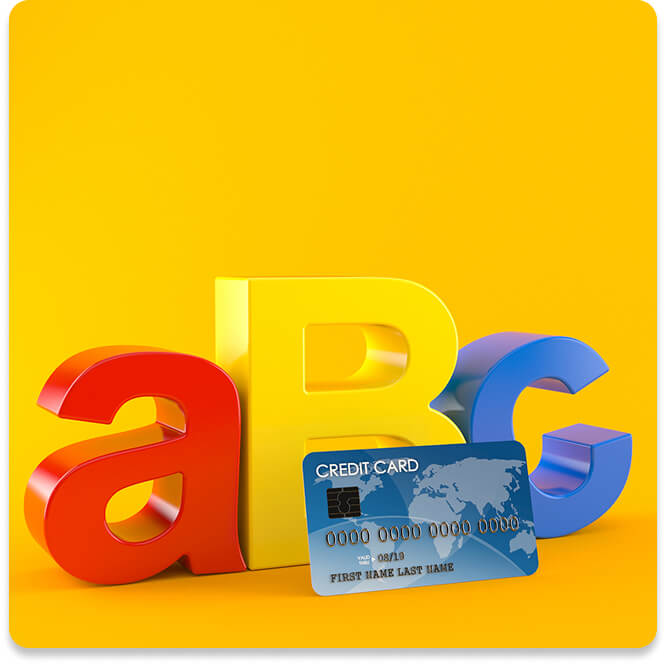
Understanding credit card basics can help demystify the fine print so you can choose the best credit cards for your needs. Some of the key credit card concepts to understand include:
- Annual percentage rate (APR): This rate determines the cost of borrowing if you don’t pay your bill in full.
- Fees: Some credit cards have annual fees, late payment fees, foreign transaction fees, and other costs associated with specific activities.
- Billing cycle: Your card will have a monthly statement closing date—the last day of your billing cycle—as well as a due date for your minimum payment.
- Rewards programs: Some credit cards offer cash back or rewards when you make eligible purchases. In some cases, there are flat-rate rewards, meaning all purchases earn the same amount of points or cash back. Other cards have bonus categories that award higher rates for certain types of spending, such as travel, streaming services, or online shopping.
- Balance transfers: Credit cards may let you transfer a balance over from another account. This usually includes a fee. Some cards offer promotional interest rates for these transactions.
- Cash advances: As a cardholder, you may have the option to borrow cash from your credit card. You will typically need to pay a fee and the cash advance balance will have a higher interest rate.
The credit impact of credit cards
It’s important to know how credit cards work, because the way you use them will impact your overall credit health and credit score. From when you open your very first credit card, your payment history and account activity will be reported to the credit bureaus and appear on your credit reports.
Your credit score will likely improve through responsible credit card use, such as by making consistent, on-time payments. But if you miss your payments, your score will likely drop.
Credit utilization, or how much you owe compared to your credit limit, also heavily affects your credit score calculations. As an example, if you have a $5,000 credit limit but owe $4,000, it means you’re using 80% of your available credit. Keeping your credit utilization low—below 30%, but as close to zero as possible—is best for your credit score, according to Experian.
What is a credit card?
A credit card is a line of revolving credit used to make purchases issued by a bank, represented by a physical card with a unique account number. In general, if you pay your bill in full each month, you won’t owe any interest. If you don’t, you’ll incur a fee based on the card’s APR.
There are different types of credit cards, some of which offer rewards for making eligible purchases. Some cards are geared toward a particular type of consumer, such as student credit cards, travel credit cards, or store credit cards affiliated with a particular retailer. Many cards offer perks and benefits for cardholders.
How does a credit card work?
To open a credit card account, you will need to submit an application. If you’re approved, the issuer will give you a credit limit to use for purchases. Any purchases you make during the billing cycle are added to your balance. You must pay the minimum amount each month, and any remaining balance will incur interest.
Most cards have a grace period that allows you to avoid paying interest if you pay the balance in full. It’s important to be mindful of your credit card due date, which will be on or around the same date each month. If you make a late payment, you may incur a late fee. Payments that are 30 days or more past due may also have a negative impact on your credit score.

Types of credit cards
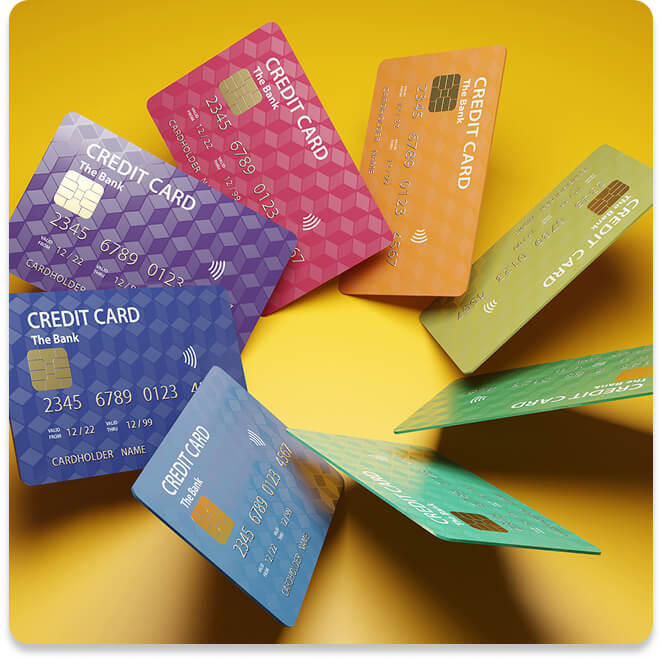
There are various types of credit cards that appeal to different spending styles and levels of credit health. Credit card issuers typically offer a variety of cards, and sometimes different versions of the same card.
The reason there are so many types of cards is that different features appeal to different cardholders. Credit card companies may update their card offers or launch new products to attract new customers, and it’s not unusual for consumers to carry more than one card.
When researching credit cards, you may find them categorized in the following ways:
- By credit status: There is a range of card offers based on your credit history. You may find cards for new credit users trying to build credit (like student credit cards or secured cards), all the way up to elite credit cards for those with an excellent credit score.
- By spending style: From luxury travel to everyday purchases, there are credit cards designed for different purposes. Travel cards are aimed at people who want to save on flights, hotel stays, rental cars, or cruises, while an everyday cash back card might reward grocery, gas, and dining spending. Some cards have rotating rewards where new bonus categories are introduced each quarter.
- General vs. co-branded cards: General credit cards usually have flexible redemption options. Co-branded credit cards are for people who do a lot of spending with a particular brand, retailer, or travel company and want to receive rewards for those purchases.
- By card level: In general, cards that have no annual fee are for beginner and moderate users who want to enjoy basic credit card benefits without any additional cost. For people with higher spending levels, annual fee cards often have more potential earning power, higher bonuses, and a larger suite of perks. Annual fee cards are usually only available to people with more established credit and higher credit scores.
There are also other card categories based on specific card features.
Balance transfer
Balance transfer credit cards work just like regular credit cards, but they typically come with an attractive balance transfer offer. For example, they sometimes offer new applicants a 0% introductory APR on balance transfers for a period of time (typically 12 to 18 months). Cardholders usually have a limited timeframe to transfer their balances and take advantage of the offer, such as 60 or 90 days from opening the account. These cards generally also charge a 3% to 5% balance transfer fee.
Low interest rate
Credit cards with a low interest rate typically feature an introductory period with a reduced rate, which may be 0%. Per the Federal Reserve, the average credit card interest rate as of December 2024 was 21.76%, so anything below that could be considered a low-interest-rate card. Also, many cards offer an APR range, and your creditworthiness determines if your rate is in the lower end of the range.
Cash back
Cash back cards provide cash back rewards on your purchases, usually as a statement credit. When you make eligible purchases, the card issuer gives you back a percentage of that purchase. For example, if you have a 2% cash back card and you spend $100, you’ll receive $2 back.
Some cash back cards have a flat rate across all purchases, while others have bonus categories that may earn higher rates. For example, your card could have 3% back on groceries and gas, and 1% on other purchases.
Credit recovery cards
For people who want to rebuild their credit after a personal finance struggle, credit recovery cards may help. These cards are designed to help ease people back into using credit responsibly. You may start with a lower credit limit and pay a higher APR or an annual fee to use this type of card.
Secured credit cards are one type of credit recovery card. With these cards, you have to make a cash deposit that serves as your credit limit. Through responsible use and on-time payments, you can eventually get your deposit back and graduate to an unsecured card.
Store credit cards
Store credit cards are co-branded cards for a specific retailer. Some store cards may be limited to purchases at that store, while others can be used anywhere but the rewards and perks are tied to the primary retailer.
Store credit cards are designed for loyal shoppers and usually offer incentives for signing up, such as a point-of-sale discount. Typically, as you make purchases, you’ll earn rewards that can help you save on future purchases with that brand. Store cards tend to have higher APRs than regular cards.
Travel credit cards
Travel credit cards allow cardholders to earn rewards on travel-related spending. They may also offer redemption options related to travel. For example, you may earn bonus points when you book travel with the card. Or, you can use your accumulated points to book a trip or get a statement credit on your travel spending.
There are a variety of travel credit cards available. For example, some of the higher-end travel cards offer VIP-like benefits like airport lounge access and travel protections, but they also feature an annual fee.
Hotel and airline credit cards
Airline and hotel cards are a subset of travel credit cards that are co-branded with a specific airline or hotel chain. You’ll earn points or miles with the associated airline or hotel loyalty program that you can redeem toward flights or hotel stays.
Airline cards may also offer perks for frequent flyers such as in-flight discounts, free checked bags, and priority boarding. Hotel cards may also have cardholder privileges like late checkout, on-site discounts, and other benefits.
Like general travel cards, there are higher-tier airline and hotel cards that have annual fees. These offer higher levels of rewards and benefits, but are geared toward frequent travelers.

Why should I get a credit card?
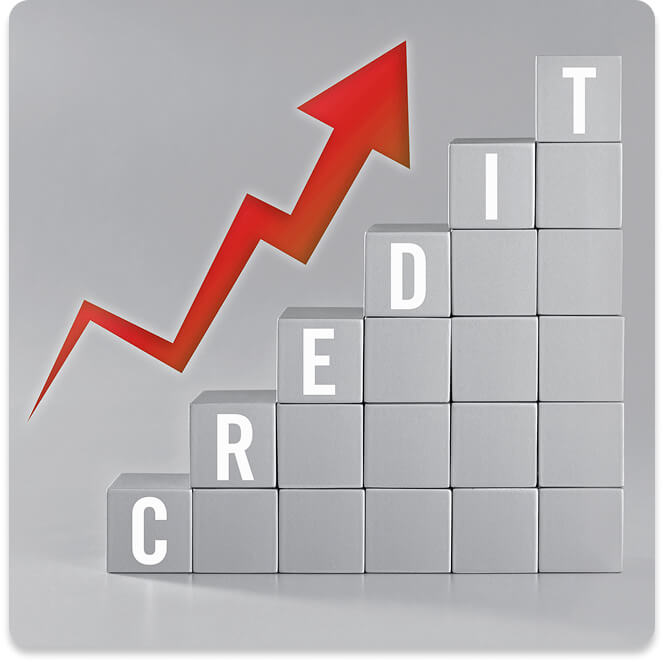
There are numerous reasons for obtaining a credit card. First, it can help you establish your credit file so future lenders can evaluate your creditworthiness when you apply for their products. Credit cards are also a secure, convenient payment method, and some have rewards programs and benefits.
Credit cards can provide consumer protections, too, in case you need to dispute a transaction. Plus, if your credit card information is stolen, you’ll likely be protected by a zero fraud liability policy.
Bonuses & rewards
Some credit cards have a sign-up bonus or welcome offer for new cardholders, usually in the form of a lump sum of points or cash back. To qualify for the bonus, you’ll typically have to meet a minimum spending requirement within a set amount of time, such as spending $1,000 in the first three months of opening the account. You may find that annual fee cards have higher-valued bonuses, but they may also require a higher spending threshold.
Rewards credit cards typically offer ongoing opportunities to earn points or cash back when you make eligible purchases. When used strategically, you may find more value with your card(s). As an example, if you spend a significant amount on dining out, you may choose a card that offers bonus rewards for restaurant spending.
Build credit
Consumers who are new to credit can use credit cards to improve their credit score. Most credit card issuers will report your account activity to the major credit bureaus (Experian, Equifax, and TransUnion). That information is then compiled to form the basis of your credit reports, which the credit bureaus then use to generate your credit scores.
According to Experian, paying on time and maintaining a low credit utilization (what you owe compared to your credit limits) are the two biggest factors impacting your credit score. Therefore, paying your credit card bills on time each month and keeping your balances low and as close to zero as possible may help boost your credit score.
Flexible spending
Credit cards can also help you extend your spending power. For example, if you have a large purchase to make, you may choose to use a credit card to pay for it and then pay back the amount in increments. The longer you take to pay back the full amount, the more you’ll pay in interest, so it’s important to use your credit mindfully.

Factors to consider when applying for a credit card
Choosing a credit card that aligns with your spending style and your needs may help you get the most out of it. As with any financial product, it’s important to understand the various terms and conditions, including the costs associated with using the card.
When comparing card terms, keep in mind that you may avoid some card fees and interest if you make your payments on-time and in full. If you are diligent in that respect, it may make more sense to base your card decisions on the cards with rewards and benefits you can maximize.
Here are a few key terms to research when exploring credit cards:
Late payment fees
The vast majority of credit cards charge late payments fees if you miss your due date even by one day. There is a push by the Consumer Financial Protection Bureau (CFPB) to limit those fees to a maximum of $8, but until that goes into effect, late payment fees will cost up to $32.
Annual fees
There are two main types of credit cards with annual fees: those aimed at people with bad credit or no credit, and those with high-end perks and rewards. People in the first category may have limited options and choose to pay an annual fee in order to access credit.
Other fees
Credit cards can have other fees for activities like balance transfers or cash advances, or if your payment is returned. The other major fee to look into is a foreign transaction fee. Those usually add between 2% and 3% to purchases made outside of the U.S. If you plan to travel abroad, you may want to consider a card with no foreign transaction fee.
Interest payments
APR is another factor to consider when reviewing credit cards. The higher the APR, the more you’ll pay in interest if you carry a balance. Some of the best credit cards may have high APRs, but you may be able to avoid interest payments by paying the balance in full each month.
Summary
Credit cards can be convenient financial tools that provide value and may help you build credit, but they may be drivers of financial distress if not used responsibly. It all depends on how you use them. Educating yourself about how credit cards work and about credit in general may help you avoid potential financial pitfalls.
Learning to manage credit responsibly may also improve your credit status and help you get the most out of credit cards, including their rewards, benefits, and perks.



